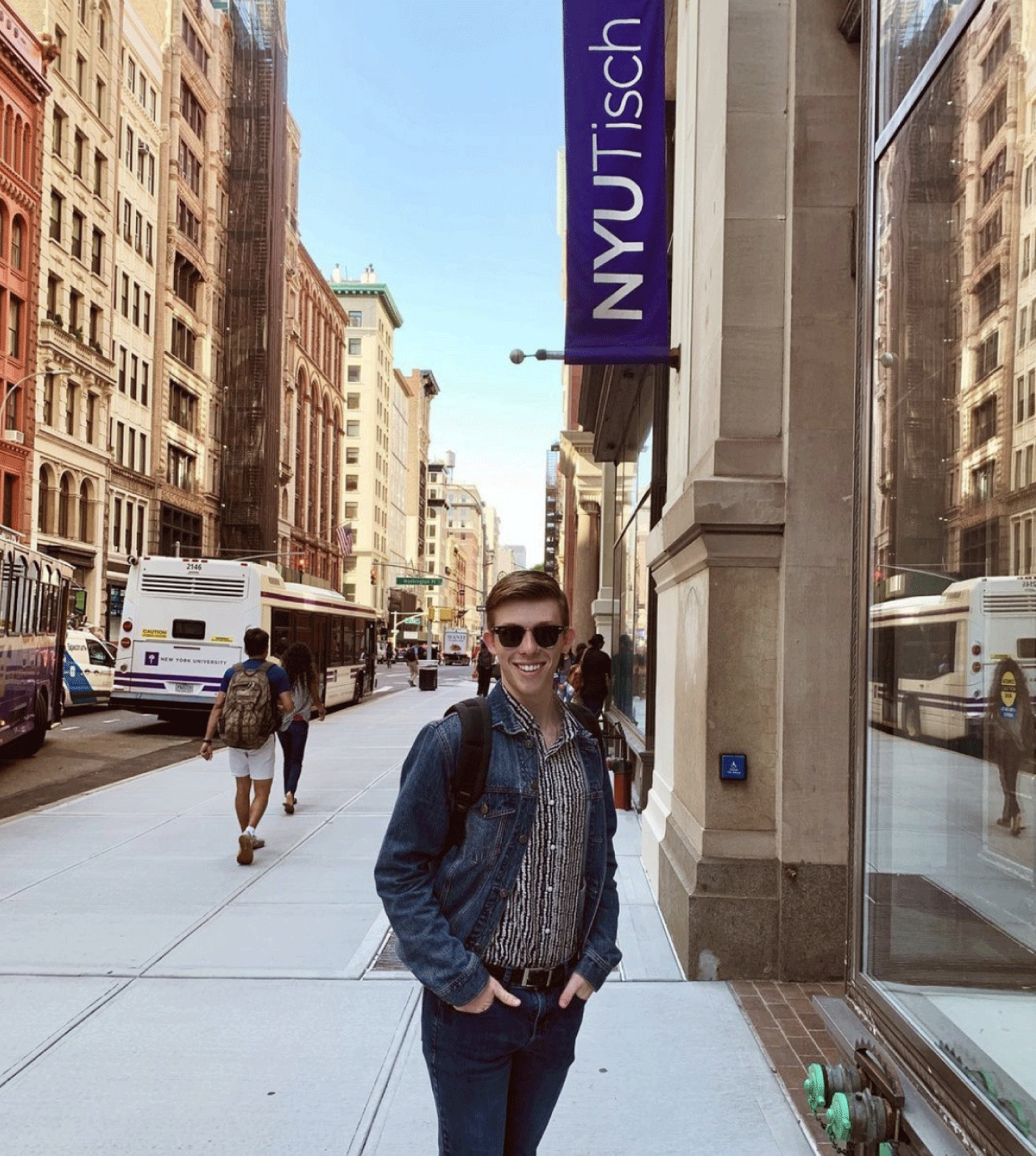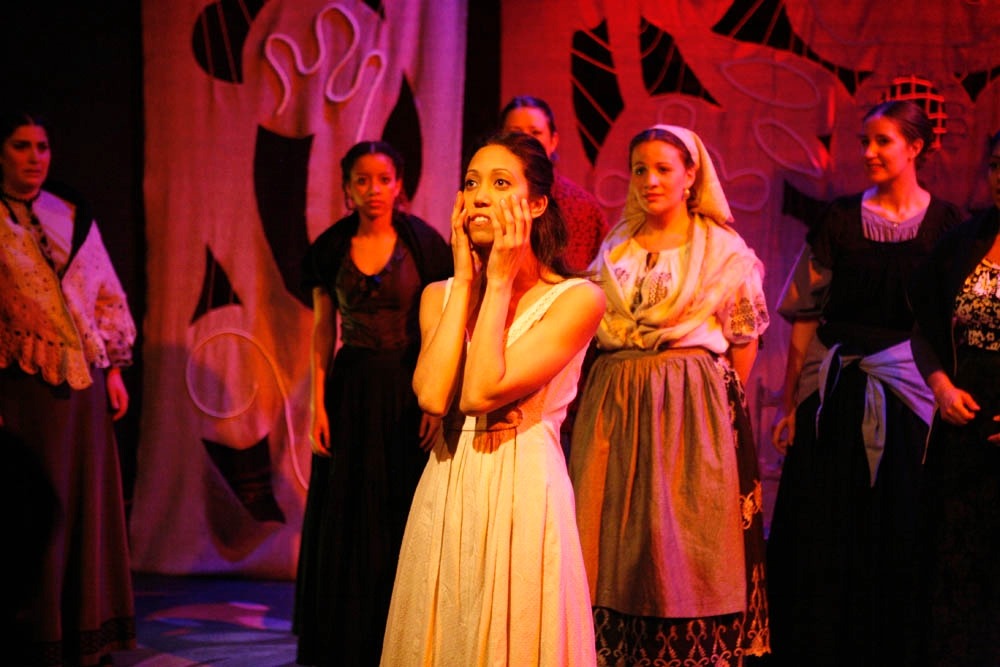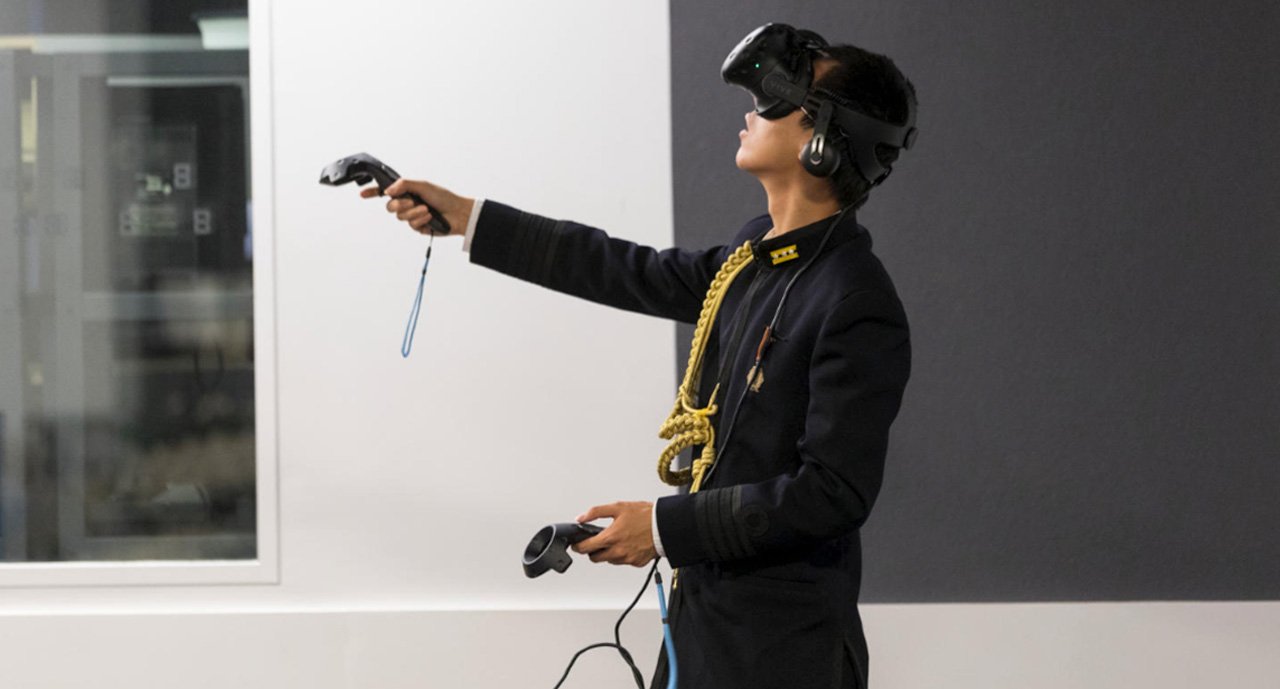
Theatre can be an escape from the realities of life. But at a time when the world is facing unprecedented stress and change, venues across the country have been forced to close their curtains. What’s more, theatre students nationwide have adjusted to virtual rehearsals and PDF playbills. In one course at the Tisch School of the Arts, however, very little has changed. The Brendan Bradley Integrative Technology Lab fosters innovation in live performance through digital technologies, such as VR and motion capture. So when NYU went virtual in early March, the class packed up their headsets and kept right on going. And beyond the Lab, the Tisch community looked on their new reality as an exercise in creativity and a challenge to make Tisch virtual theatre second to none.
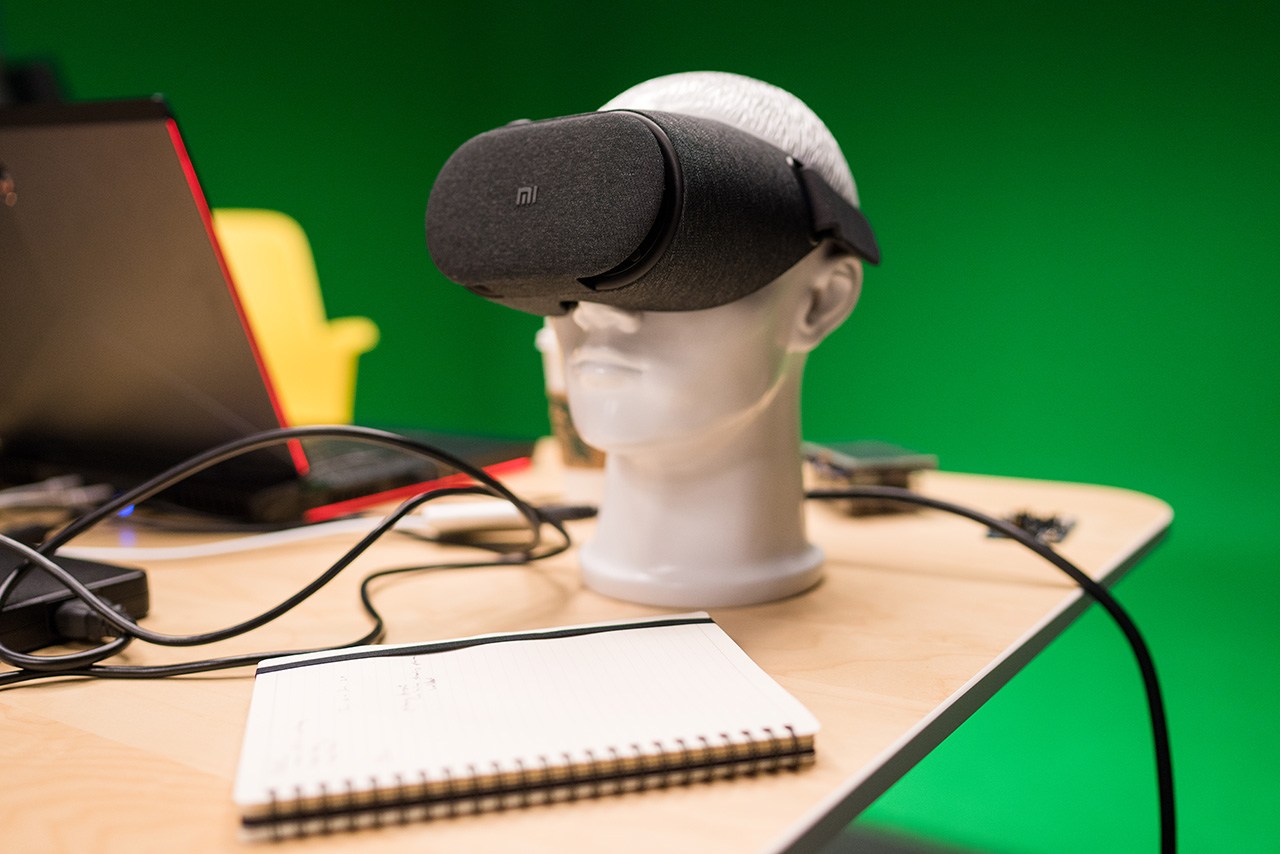
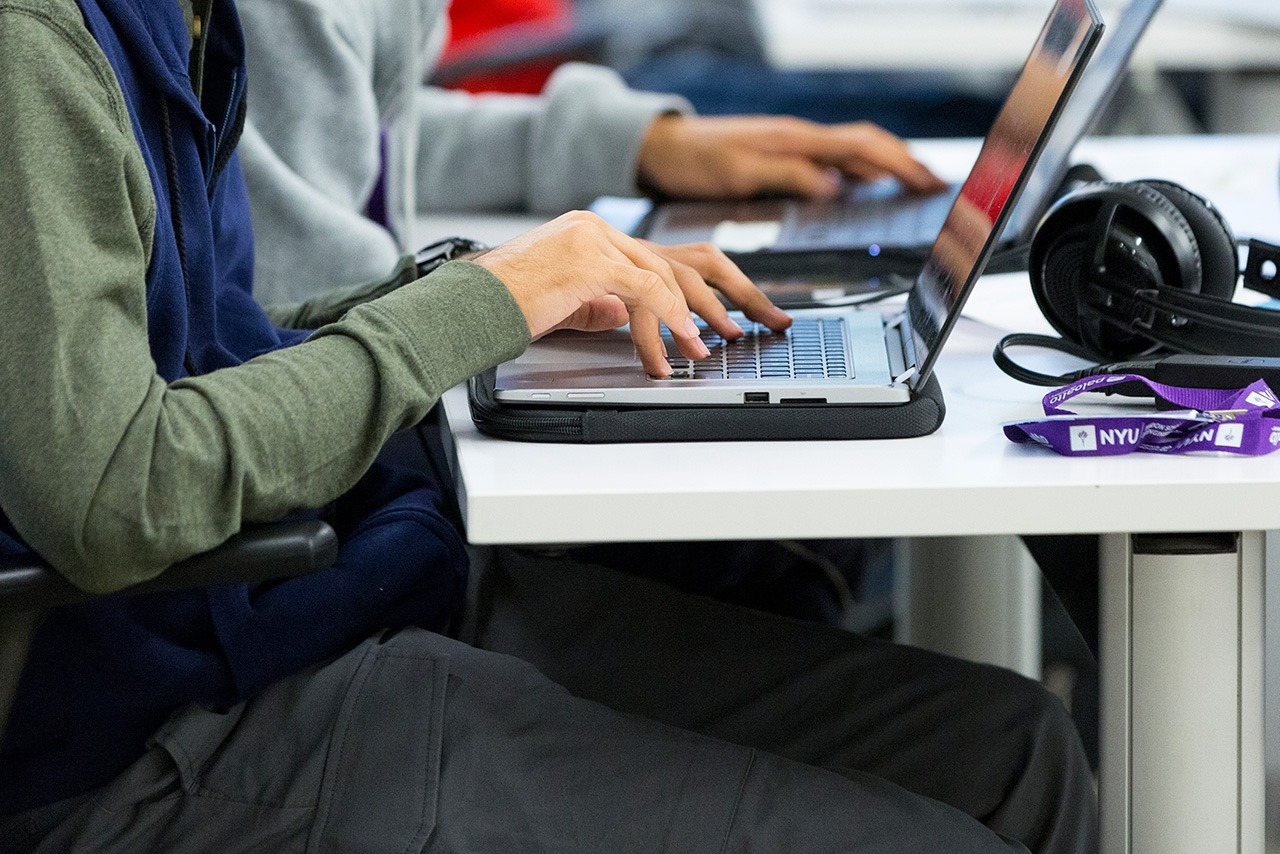
Ahead of the Virtual Crowd
On the first day of remote classes, Cyrus Rosenburg, a Tisch Game Design major, woke up, brushed his teeth, and met up with his classmates. “I put on my headset, and there was my team. It wasn’t that different from saying, ‘Meet me in Washington Square Park,’” says Cyrus. He was midway through a lab rotation taught by guest instructor Michelle Cortese, a VR product designer at Facebook. Their mission was to build a VR performance using Oculus Quest headsets. Taught entirely in VR, the class had been simulating isolation until then. “This was almost better,” affirms Cyrus. “Before, you could always take off your headset to ask a question. In quarantine, we were thrown into the deep end.”
“The theatre community needs to adapt to survive. Fostering a greater respect for virtual performance as an art form will open new doors.”
While many see virtual performance as inherently lesser than live works, students and teachers in the lab disagree. This Tisch virtual theatre class is half performers and half technologists, with a goal of humanizing VR spaces through live performance and enhancing live performance through technology. In fact, argues Cyrus, VR dismantles the barriers between performer and audience member. He believes it creates a more collaborative and accessible experience. “Theatre used to have a ‘you come to me’ mentality. But now, performers just want to reach people—any people,” he explains. “The theatre community needs to adapt to survive. Fostering a greater respect for virtual performance as an art form will open new doors.”
The Adaptable Arts
Beyond the lab, the Tisch virtual theatre proponents have been experimenting with new ways of rehearsing and performing in a virtual world. For example, this spring the school’s 10 training studios had 62 projects in rehearsal. When it became clear that in-person performances were no longer an option, everyone navigated time zones and technologies to give live final performances for every piece.
With nine actors playing 81 roles, the company used different camera angles and virtual backgrounds to their advantage. “I was most struck by how possible it all was,” Griffin says.
Adjunct instructor, director, and Tisch Drama alumnus Billy Griffin Jr. was in the middle of rehearsals for Mary Zimmerman’s Metamorphosis at the Meisner Studio when classes went digital. With nine actors playing 81 roles, the company used different camera angles and virtual backgrounds to their advantage. “I was most struck by how possible it all was,” Griffin says. He believes that instructors across the arts have a responsibility to their students during this unprecedented time. “First, we need to focus on the advantages of this learning environment and not dwell in the comparison space. Second, we need to hone in on what we’re trying to teach and find new ways to communicate those principles to our students.”
Tuânminh Albert Đỗ, Tisch 2020, also found that the new Tisch virtual theatre landscape flexed his creative muscles in new ways. His professor took an individualized approach to their work on Aristophanes’ The Clouds, helping each student create an at-home rehearsal space. “Every aspect of the show was curated to our individual abilities and circumstances based on what we had in the room. It provided us with a lot of freedom and room to play,” says Tuânminh.
“Limits are an important part of creativity.”—Billy Griffin Jr.
Additionally, adds Griffin, “Much of the work we do as actors is deeply personal and individual. It can be practiced in the privacy of one’s bedroom. I hear people complaining about the lack of physical contact in the Zoom space. But limits are an important part of creativity. The other thing is that moments of physical contact in theatre are largely choreographed. Romeo is not really stabbing Tybalt to death. It’s choreographed to look like he is. But it’s artifice. It’s a metaphor. All theatre is. Now, we have the opportunity to come up with new and inventive ways to communicate. I think we have an obligation as artists to pivot, to take whatever is in front of us and make something of it.”


